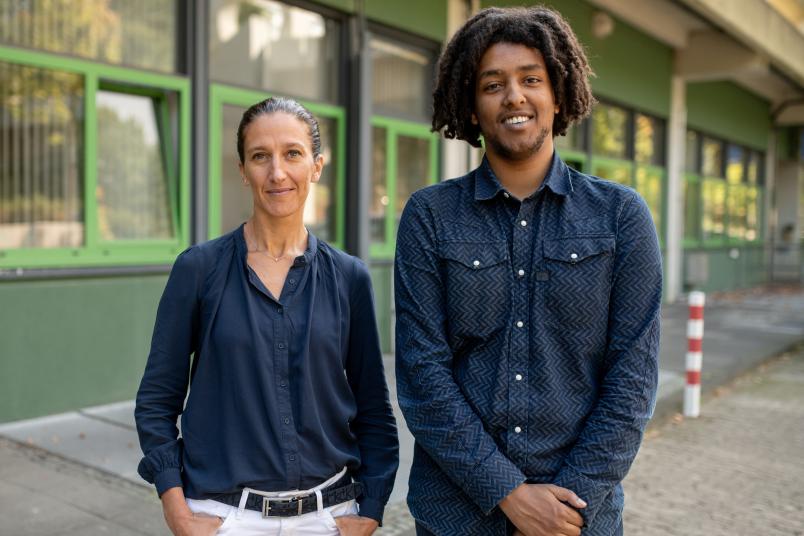
Chemistry
The many structures of the light-active biomolecules
Some molecules change their spatial structure when exposed to light – in other words, they look different in light and darkness. What exactly happens during the conversion has not yet been researched in detail.
How the light-sensitive part of the biomolecule phytochrome changes from a light-adapted state to a dark-adapted state has been investigated by researchers at RUB and Philipps-Universität Marburg. So far, the structures of only a few light-sensitive biomolecules are known – and only for the final states in light and darkness, but not for the intermediate steps. Using various spectroscopic methods, the Bochum-Marburg team has now succeeded in gaining new insights into dynamic structural changes.
The group led by Professor Enrica Bordignon from Bochum and Professor Oliver Essen from Marburg describe the findings in the journal Structure, published online on 20 September 2018.
Universal mechanism
“Light-sensitive biomolecules such as phytochromes from plants are interesting for various applications, for example for optogenetic tools that make it possible to control the activity of genetically modified cells in the living body with light,” says Enrica Bordignon, head of Bochum’s EPR Spectroscopy Working Group.
The researchers observed several characteristic structural changes in the light-sensitive segment of a phytochrome molecule from cyanobacteria and created a model that shows the light-triggered conversion steps. In addition, the team showed that, for different phytochromes, there is a universal mechanism for the transformation from the dark-adapted to the light-adapted state.
